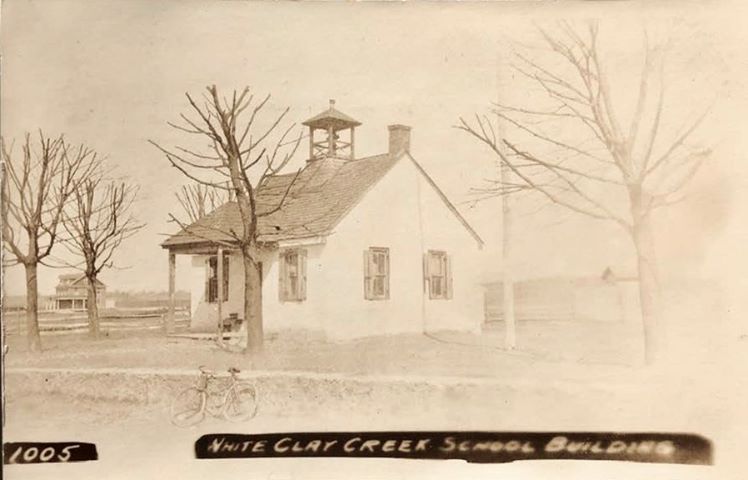The articles present are articles specifically related to the Hale-Byrnes House and its history that range from Treatment of the Isaiah Thomas Bible, the National Register Nomination, and the Delaware Society for Preservation of Antiquities. These articles explain a small piece but an important part of Delaware's history! We want to preserve and share this history to others in order to maintain the significance and importance of the Hale-Byrnes House.
This form is the National Register of Historic Places Inventory - Nomination Form. The form goes over a little history of the Hale-Byrnes House and how the house was built! The house was built into two sections, one being the 'south' section; dated 1750, this section was designed in the William Penn style and two small rooms off one large main entrance room which takes in the entire width of the house. During restoration, only one of these small rooms, the "Miller's Office" on the creek side, has been retained. These two south end rooms had a triangular chimney in common.
The other section would be the 'north' section, this section was added on in a later time. The north section is divided into two rooms; The west side has a handsome large brick fireplace 5 ! 4" high that takes up almost all of one side of the wall. There is evidence of a former bee hive oven in the back of the fireplace. Two pintels both on the right side of the fireplace, are original. The other iron work has been added recently to fit the style and period of the building. The room next to this and the second floor above have been adapted for the needs of the present caretaker's quarters.
For further information of the House and its interior history, learn more here!
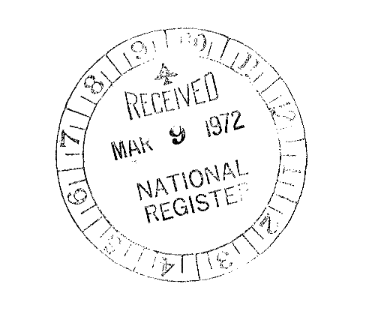
Our Mission is to protect, preserve, and promote the buildings and grounds of the historic Hale-Byrnes House, an eighteenth century Quaker house offering educational public programming.
The DSPA vision includes the careful and accurate maintenance, repair, restoration, and historically sensitive renovation of the Hale Byrnes House and grounds. As the southern anchor of the White Clay Creek Wild and Scenic River designation, we aspire to remain a small but friendly, historically accurate and welcoming meeting place for families, Revolutionary War scholars, fishermen and Eco-tourists.
DSPA-HALE BYRNES niche is the time period 1750-1850. Our collection policy helps us remain true to our mission without amassing irrelevant or inappropriate material.
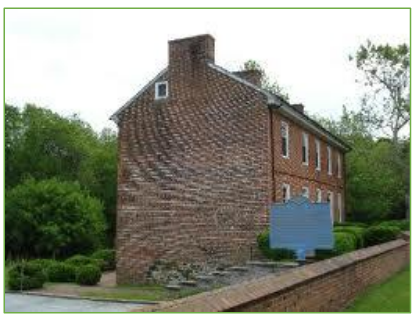
These articles are based on the Revolutionary War and its relation to the Hale-Byrnes House. This war history ranges from the Liberty of Congress, Del. Continental Army Officers, and the Sports and Games of the American Revolution. All events are very important and crucial to the history of Delaware. These articles showcase the American Revolution and the major events that inhabits our history.
This article showcases how important religion was to the American Revolution and was the justification for the revolution as it was the cause of the Revolution in a way, according to Joseph Galloway.
" Religion played a major role in the American Revolution by offering a moral sanction for opposition to the British--an assurance to the average American that revolution was justified in the sight of God. As a recent scholar has observed, "by turning colonial resistance into a righteous cause, and by crying the message to all ranks in all parts of the colonies, ministers did the work of secular radicalism and did it better."
Ministers served the American cause in many capacities during the Revolution: as military chaplains, as penmen for committees of correspondence, and as members of state legislatures, constitutional conventions and the national Congress. Some even took up arms, leading Continental troops in battle.
The Revolution split some denominations, notably the Church of England, whose ministers were bound by oath to support the King, and the Quakers, who were traditionally pacifists. Religious practice suffered in certain places because of the absence of ministers and the destruction of churches, but in other areas, religion flourished.
The Revolution strengthened millennialist strains in American theology. At the beginning of the war some ministers were persuaded that, with God's help, America might become "the principal Seat of the glorious Kingdom which Christ shall erect upon Earth in the latter Days." Victory over the British was taken as a sign of God's partiality for America and stimulated an outpouring of millennialist expectations--the conviction that Christ would rule on earth for 1,000 years. This attitude combined with a groundswell of secular optimism about the future of America to create the buoyant mood of the new nation that became so evident after Jefferson assumed the presidency in 1801. "

This article is a category of Continental Army Officers from Delaware, all who served in the American Revolutionary War. This includes officers from the regiment of the Delaware Line and general officers from Delaware. However, this doesn't include officers born in Delaware who served in the regiments of other states. Officers are categorized under the state from which they served, not their place of birth.
Below is the article that showcases these Continental Army Officers and links to who these Officers were in our history!
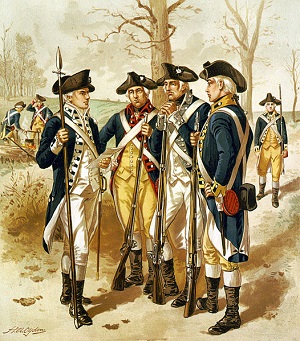
Founded on the legacy of the 1984 Los Angeles Olympic Games, the LA84 Foundation is committed to transforming communities through youth sports.
Why does the Sports and Games of the American Revolution matter? Sometimes, the most important victories are not seen on the scoreboard. The impact we are making is about changing lives and building sustainable and equitable futures for all youth.

This article goes over the history of the Brandy-wine Valley Trees and the great Sycamore Tree that stands next to the Hale-Byrnes House. Learn about the history and significance of the great Sycamore Tree and its attachment to the house!
"There are over three trillion trees on our planet. In this area, trees surround us, but at one time, there were even more. It’s estimated that 75 percent of the original Piedmont watershed forests are gone. Those giants still living among us are special because they’re survivors —through the seasons, through the years and through the centuries.
What stories can these ancient ones tell us? What significant events in our history did they witness?
Today, at the Hale-Byrnes House near Stanton, Del., a gnarled sycamore tree leans against a brick wall. It’s a wonder the thing is still alive, as almost the entire trunk is hollowed out. Inside lives a stray cat in a cardboard box."

This article showcases the science behind surface water-groundwater exchange behind the Hale-Byrnes House and the study behind the change and how it effects and works along the TFZ of the White Clay Creek in Delaware.
"We estimate that along the TFZ of White Clay Creek (Delaware, USA), more than 17% of river water exchanges through hyporheic and riparian storage zones due to tidal pumping alone. Additional hyporheic processes such as flow through bedforms likely contribute even more exchange. The turnover length associated with the tidal pumping process is 39 km, similar to turnover lengths for all hyporheic exchange processes in non-tidal rivers of similar size."
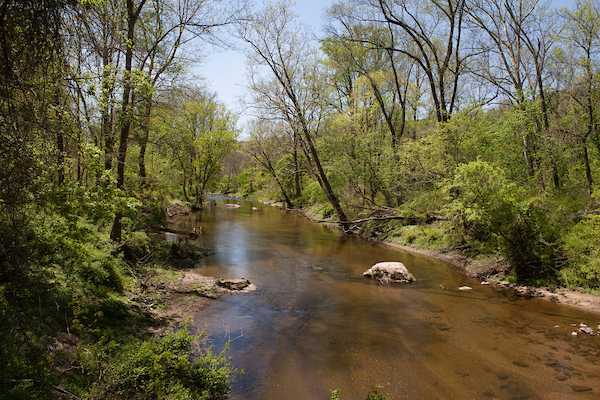
This article is about Byrnes Mill Dam that was removed from the White Clay Creek. This was to restore fish passage up the creek due to the dam blocking the upstream movement of American and hickory shad. Knowing this, the main question present said by Gerald Kauffman, the director of the Water Resource Agency at the University of Delaware, "Will They Return?". This came up due to Kauffman's inspection of the creek after the removal of the dam, there was a lack of schools of fish in the water despite all the right conditions for their habitat returning.

This article is about the Water Resources Agency assessment of the feasibility of restoring fish passage and habitat to the National Wild and Scenic White Clay Creek. This assessment project was funded by the National Fish and Wildlife Foundation served as an expansion of the Brandywine Conservancy’s Brandywine Creek Shad Restoration effort, and was conducted in partnership with the Christina Basin Clean Water Partnership restoration efforts.
"Since the feasibility report was developed, the White Clay Creek dam-removal and fish passage–restoration project has gained momentum, and WRA has been awarded several grants to fund the removal of Dam No. 1 at Delaware Park."

This article goes over the WRA newfound support in aiding the restoration of the shad to the White Clay Creek after the removal of the dam. The Water Resource Agency, a unit of the University of Delaware's Institute for Public Administration, was awarded a $42,000 grant from the Fish America Foundation, part of the American Sport-fishing Association, to supplement ongoing work to help restore the American Shad back to the creek.
"The FAF funds will be used for research, design, and investigative studies for the removal of Dam No. 1 at Delaware Race Track in Stanton, Del., seven miles downstream from the UD campus. Fish-abundance studies conducted by Delaware Department of Natural Resources and Environmental Control (DNREC) fisheries biologists last spring confirmed that this dam is indeed a barrier to migration and spawning of anadromous fish; up to 1,000 hickory shad were detected downstream from the dam and none upstream"

This article goes over the plan and basis to maintain and improve the White Clay Creek current state. Look over the report on how the White Clay Creek National Wild and Scenic River Program that is administered by the bi-state Watershed Management Committee.
"The White Clay Creek National Wild and Scenic River program is administered by the bi-state Watershed Management Committee that includes residents, interest groups, and state and local governments. The National Park Service provides funds and staff assistance to further the implementation of the Management Plan."
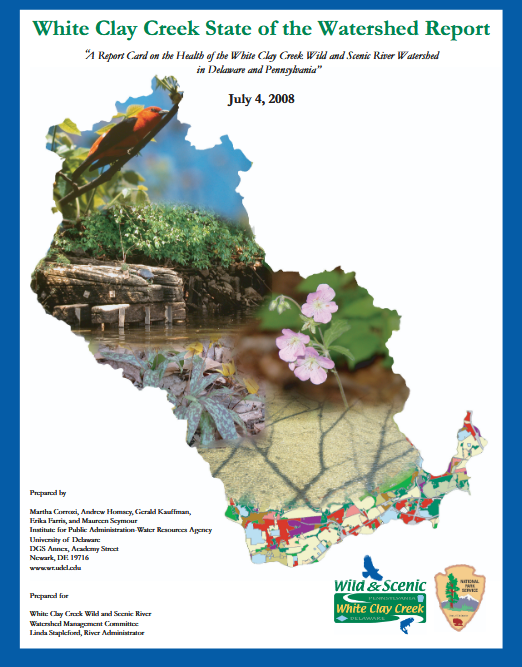
This report is based on the project in removing one of the dams in the White Clay Creek, the Daniel Byrnes' Mill Dam. The report goes over the project in removing the dam and the plan in restoring the dam in due time to have the fish to return to their natural habitat before the dam was ever made.
"The objective of this project was to remove White Clay Creek Dam No. 1 (RM 4.2) to reopen 3.5 miles and 42 acres of spawning habitat along the National Wild and Scenic River for the passage of American shad, hickory shad, and herring in New Castle County, Delaware. The dam was removed by the contractor on December 4 and 5, 2014. This was the first dam removal project for fish passage in the State of Delaware."

This PowerPoint goes over the history of Mill Creek Hundred and stories about the families and properties. Each slide goes over the early settlers and their difficult life, along with the earliest grants of land along the Delaware River from New Amsterdam. You learn about how much of a melting pot the land became and the history in obtaining an English Grant along with the reasons to settle in MCH and various other settlers from that time period over the years.

This article goes over Scharf's history of White Clay Creek Hundred and how it was bounded by White Clay and Christiana Creeks, Pencader Hundred and the Circle. Learn through this article about the history of White Clay Creek and its origin and how crucial it was to Delaware and the cities and states around the creek.
"It derived its name from White Clay Creek, which was so called on account of the deposits of white clay on the banks of this stream. The territory included within these limits is of an irregular shape and comprises eighteen thousand four hundred acres of land; the most of which is in a state of cultivation. The surface is uneven being broken by numerous hills. The land is well-watered by many small streams, which rise and flow within its
bounds. The soil is of a clay-nature, and produces the usual cereals, fruits and vegetables in abundance. The climate is wholesome and invigorating. The Philadelphia, Wilmington and Baltimore, the Baltimore and Ohio, and the Newark and Delaware City Railroads pass through this hundred, and afford excellent facilities for travel and commerce."
